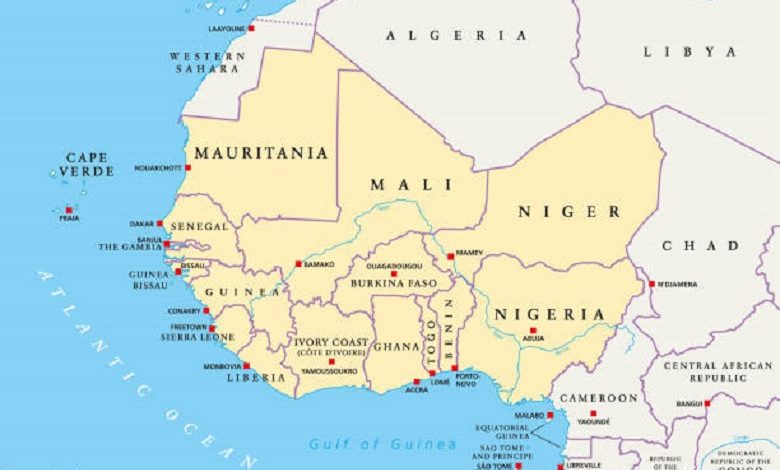Interesting facts about West Africa you never know

West Africa has forests, but there are very few of them. A thin strip of them stretches along the coast of the Atlantic Ocean, and the farther from the shore, the fewer trees. They are gradually replaced by the savannah, then turning into the semi-desert Sahel, the land on which practically nothing grows.
One of the West African regions, Guinea, had a terrible reputation several centuries ago. It was constantly rampant with yellow fever, malaria and sleeping sickness carried by the tsetse fly. Europeans were afraid of these places, and for a good reason – the locals were already partly accustomed to Guinean conditions. Still, among the newly arrived Europeans, the mortality rate in the 18th century sometimes reached 75% in the first year of their stay in West Africa.
The population of West African countries is increasing, up to 2.5 – 3% annually. For example, even though some of these countries, Mali, lead the world anti-ratings on infant mortality and life expectancy
West Africa includes 17 countries and one overseas territory of Great Britain. All the independent countries of the region are located in the mainland of Africa, except for one – Cape Verde, formerly known as the Republic of the Cape Verde Islands. Contrary to this name, there is practically no greenery in Cape Verde.
In the past, all West African countries except Liberia were colonies of European states. Liberia was founded in the middle of the 19th century by African Americans who wished to return from the United States to Africa, to the homeland of their ancestors. Liberia is one of the poorest countries in the region and has one of the top places in unemployment, which here reaches 85%.
Even now, in the progressive 21st century, slavery is rampant in parts of West Africa. In particular, it exists in Mauritania, where about 20% of the country’s population is slaves. Slavery in Mauritania was officially abolished only in 2007, but in practice, it still exists, and slave owners are not prosecuted.
In all countries of the region, without exception, the transport infrastructure is very poorly developed. The roads are almost nowhere covered with asphalt, and the railroad tracks used today were built by the colonialists.
The vast majority of West Africans survive on subsistence farming. Most of the population lives in cities, and about 60-70% of residents are not taught to read and write. For many of them, their subsidiary farming is the only way not to starve to death.
Despite the arid climate, West Africa is quite densely populated. Nigeria alone has about 205,000,000, making it the most populous country in the region. And in the Nigerian city of Lagos, together with the suburbs, more than 21,000,000 people live, and it is here that the world’s largest slums are located. The majority of Nigerians still live below the poverty line, even though Nigeria has already become the first economy in Africa thanks to the growing oil production.
In West Africa, the second-largest film industry in the world is located – Nigeria’s Nollywood, where about 200 films are shot every month, about 50 per week. Nollywood is second only to Indian Bollywood in the number of films being shot and bypasses Hollywood.




